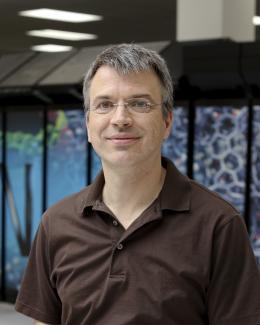Abstract
The tin isotope 100Sn is of singular interest for nuclear structure due to its closed-shell proton and neutron configurations. It is also the heaviest nucleus comprising protons and neutrons in equal numbers—a feature that enhances the contribution of the short-range proton–neutron pairing interaction and strongly influences its decay via the weak interaction. Decay studies in the region of 100Sn have attempted to prove its doubly magic character1 but few have studied it from an ab initio theoretical perspective2,3, and none of these has addressed the odd-proton neighbours, which are inherently more difficult to describe but crucial for a complete test of nuclear forces. Here we present direct mass measurements of the exotic odd-proton nuclide 100In, the beta-decay daughter of 100Sn, and of 99In, with one proton less than 100Sn. We use advanced mass spectrometry techniques to measure 99In, which is produced at a rate of only a few ions per second, and to resolve the ground and isomeric states in 101In. The experimental results are compared with ab initio many-body calculations. The 100-fold improvement in precision of the 100In mass value highlights a discrepancy in the atomic-mass values of 100Sn deduced from recent beta-decay results4,5.





